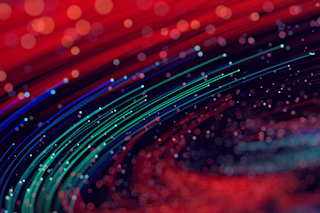A thin nanotech paper that's being developed in a Florida lab could revolutionize everything from aviation to laptop computers, researchers say. The super-strong "buckypaper" could be layered like papier-mâché to build lighter airplanes and cars, or it could be exposed to an electric charge and used to illuminate computer and television screens--and those are just the most obvious applications, researchers say.
Buckypaper is 10 times lighter but potentially 500 times stronger than steel when sheets of it are stacked and pressed together to form a composite. Unlike conventional composite materials, though, it conducts electricity like copper or silicon and disperses heat like steel or brass. "All those things are what a lot of people in nanotechnology have been working toward as sort of Holy Grails," said [nanotech expert] Wade Adams [AP].
In 1985, a team of scientists at Rice University serendipitously discovered the origins of Buckypaper while conducting an experiment ...













